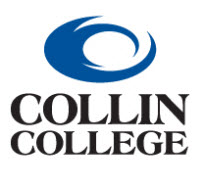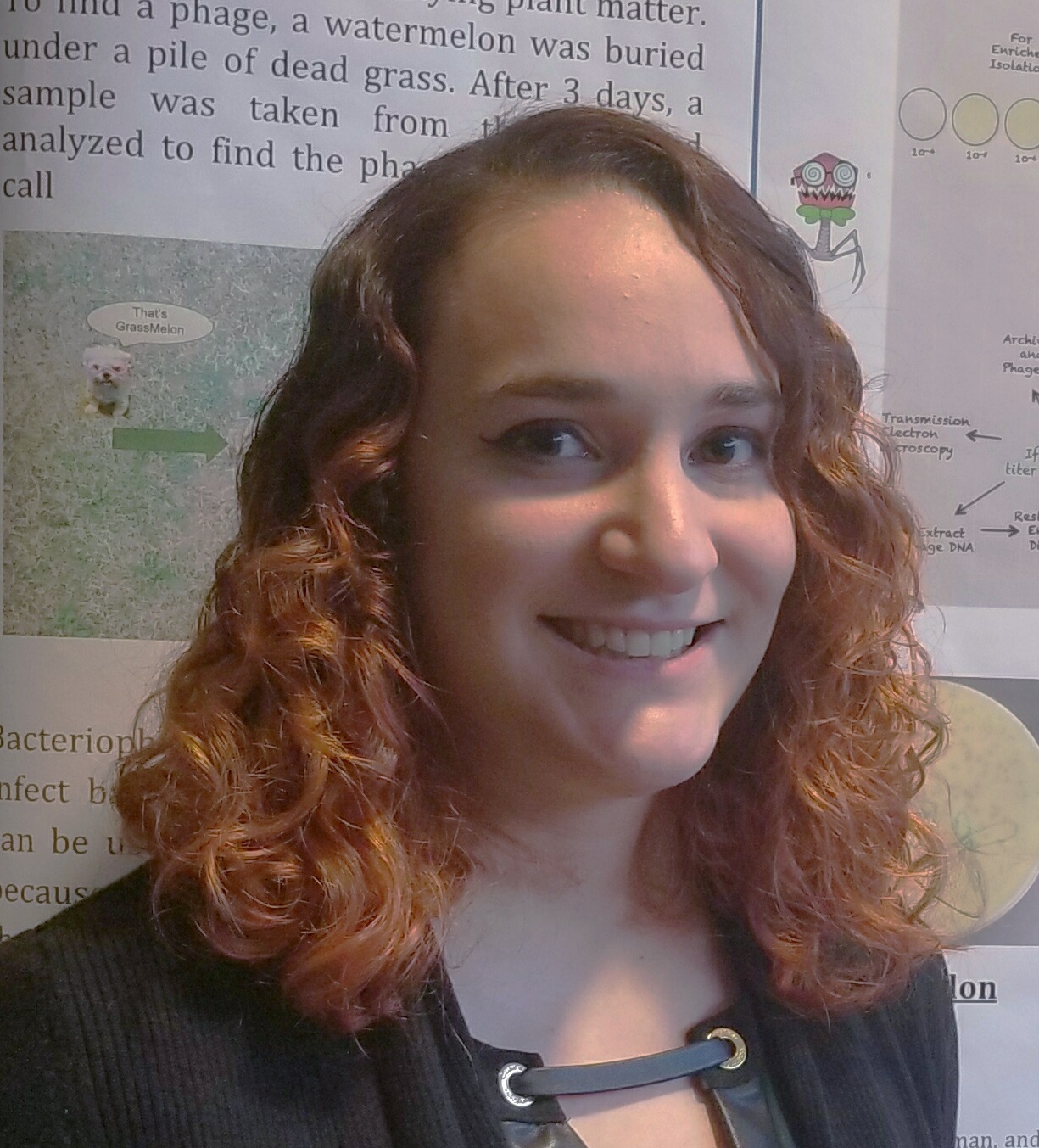Below is a summary of the abstract you submitted. Presenting author(s) is shown in bold.
If any changes need to be made, you can modify the abstract or change the authors.
You can also download a .docx version of this abstract.
If there are any problems, please email Dan at dar78@pitt.edu and he'll take care of them!
This abstract was last modified on May 2, 2018 at 6:02 p.m..

The Mycobacteriophage (phage) Amochick was discovered in 2017 by students at Collin College in a soil sample collected from a chicken yard in Farmersville, Texas. Amochick was determined to be a siphoviridae phage that infects the host Mycobacterium smegmatis mc<sup>2</sup>155. After sequencing by the Pittsburgh Bacteriophage Institute, it was found that Amochick has a genome length of 54,145 base pairs and is one of 12 phages in Cluster Q. Cluster Q phages are temperate, meaning they form lysogens, which is also true for Amochick. Sequencing revealed that Amochick has a 14 base pair overhang on the 3’ end of its genome. BLAST results revealed the most closely related annotated phages are Giles and Evanesce with an identity of 98% and draft phage Deagal_Draft_67 with an identity of 99%. There are three major differences between Amochick and other Cluster Q phages: Gene 66 (Pham 4300), Gene 72 (Pham 2661) and Gene 87 (Pham 37796). Gene 66 is only found in one other draft phage in our cluster, Daegal_Draft_67, with a 100% identity. While there are some phages in Cluster R which have a gene similar to Amochick Gene 66, the identity is low at 54%. The product of this gene is structurally similar to a transferase from the bacteria, Lactobacillus helveticus, suggesting that Amochick may have acquired this gene from a previous host. Gene 72 stands out in its phamily because it has a 580 bp insert which has partial gene identity to a 50S ribosomal protein L22 inserted into the gene. OBUpride is the only other annotated phage with this insertion with a 99% identity; the drafts of Gancho and Daegal also include the insertion. Gene 87 of Amochick is not found in any other sequenced phage. This unique gene was not initially called by Glimmer or Starterator, however it does demonstrate coding potential using Genemark when trained with self, M smegmatis and M tuberculosis. This gene is a reverse gene of 120 bp which requires further functional validation. The goal of annotating phages like Amochick is to be able to better understand phage and how they may be used to combat antibiotic resistant bacteria.


